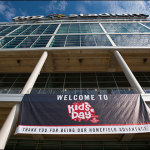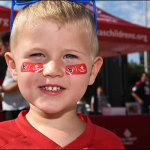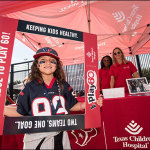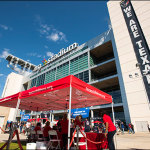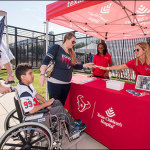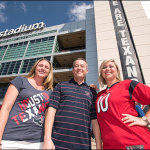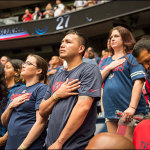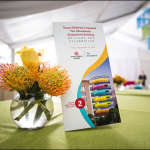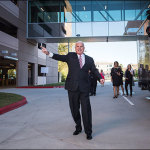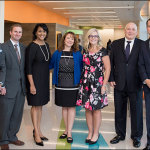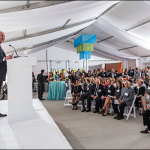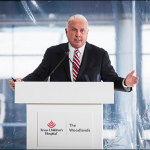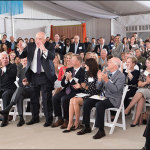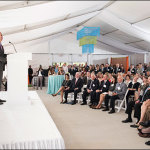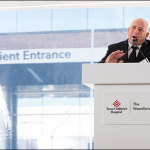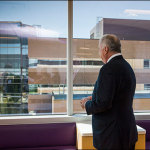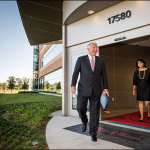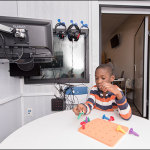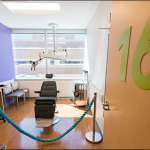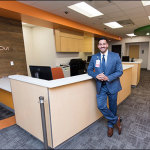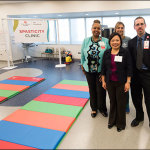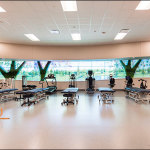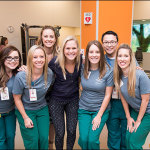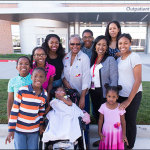 Texas Children’s is pleased to announce that Dr. David Wesson joined The Children’s Hospital of San Antonio family October 1 to serve as interim Surgeon-in-Chief. Wesson will continue his duties at Texas Children’s Hospital in addition to the responsibilities of his new interim role at Children’s Hospital of San Antonio.
Texas Children’s is pleased to announce that Dr. David Wesson joined The Children’s Hospital of San Antonio family October 1 to serve as interim Surgeon-in-Chief. Wesson will continue his duties at Texas Children’s Hospital in addition to the responsibilities of his new interim role at Children’s Hospital of San Antonio.
Wesson has been at Texas Children’s Hospital for the past 20 years, beginning as the Chief of Pediatric Surgery and most recently as the Associate Surgeon-In-Chief. Wesson also serves as the Texas Children’s Chief of the Department of Surgery and is a tenured professor at Baylor College of Medicine.
Since his arrival at Texas Children’s Hospital, Wesson has built a preeminent division of pediatric surgery through surgical sub-specialization – trauma, acute care, gastroenterology, fetal, and oncology – while also guiding Texas Children’s to American College of Surgeons Level I designations for Trauma and Children’s Surgery.
“I am extremely excited about having the opportunity to be part of the incredible growth and development at The Children’s Hospital of San Antonio,” Wesson said. “It is a great opportunity to strengthen our ties with the Children’s Hospital of San Antonio and to bring some of the special qualities of our Department of Surgery to that historic center of surgery for children.”
Texas Children’s, Baylor College of Medicine and the Children’s Hospital of San Antonio joined forces in 2013 to help ensure children of San Antonio and South Texas have access to world-class pediatric care. Since then, Baylor College of Medicine has recruited, employed, and overseen physicians at the hospital while Texas Children’s has provided consulting and clinical expertise.
That expertise helped CHRISTUS Health System, which owns the Children’s Hospital of San Antonio, transform its downtown San Antonio campus to create the Children’s Hospital of San Antonio, a world-class, freestanding hospital anchored by a broad, integrated network of community-based services and partners. Wesson’s new role at the hospital will deepen the relationship between Texas Children’s and Children’s Hospital of San Antonio and allow the South Texas hospital to continue to grow and prosper.
“His wealth of leadership experience, desire to serve as a mentor and experiences in developing departmental infrastructure will be invaluable during his time with us,” said The Children’s Hospital of San Antonio President Elias Neujahr. “We are deeply appreciative for his leadership, dedication, and his willingness to serve.”










